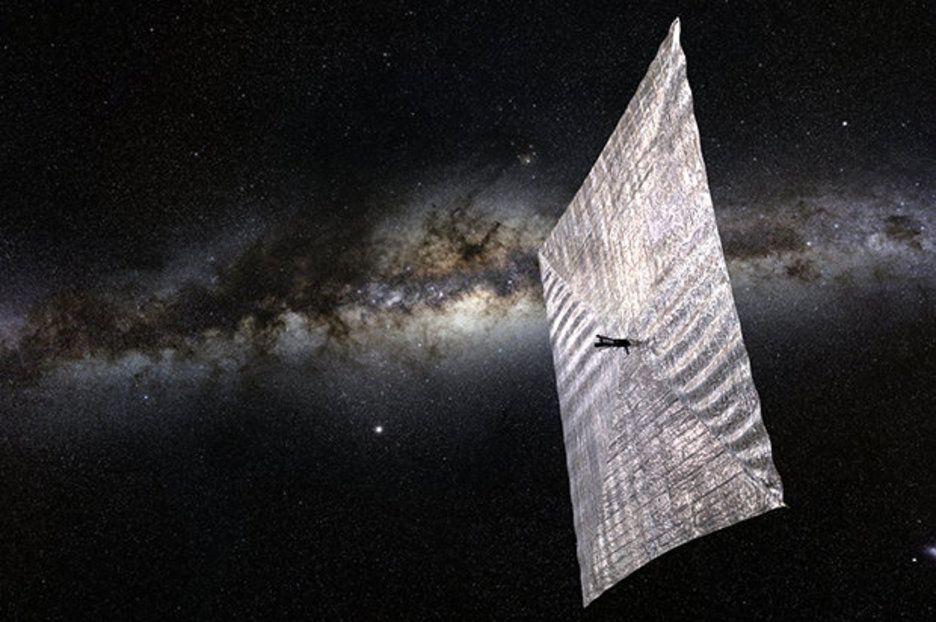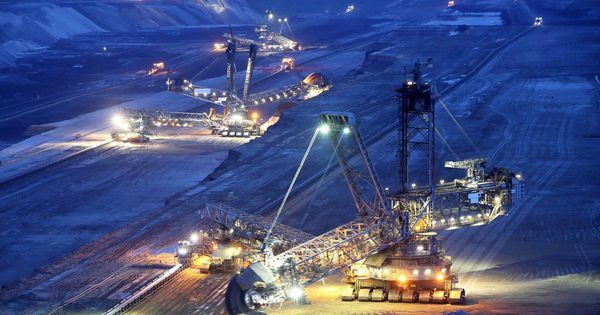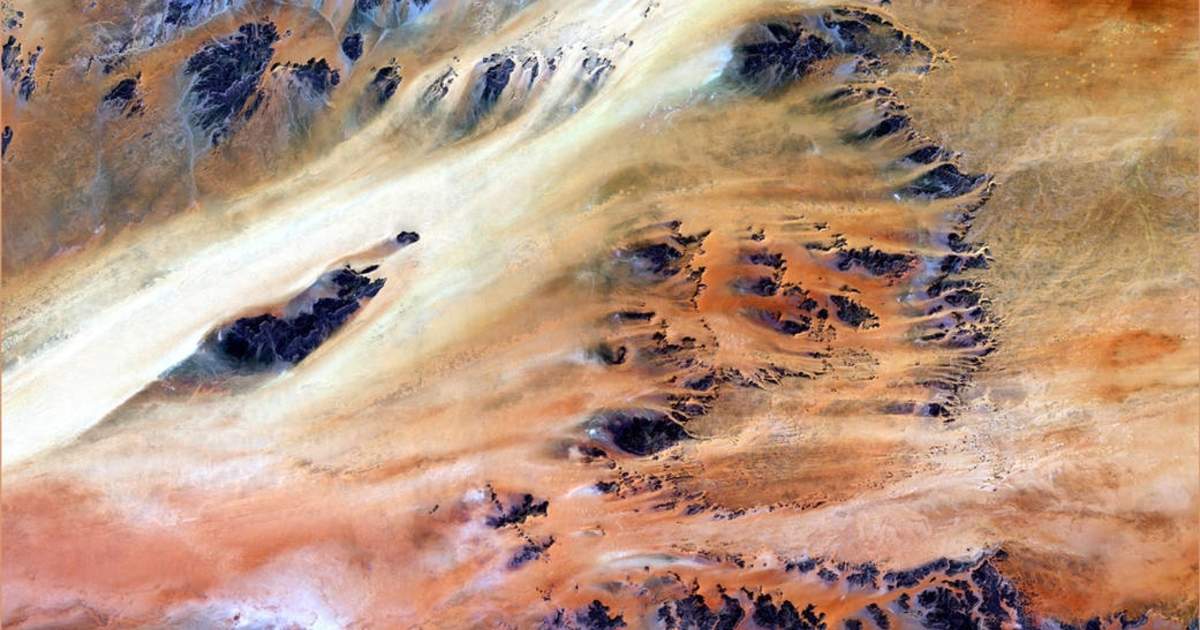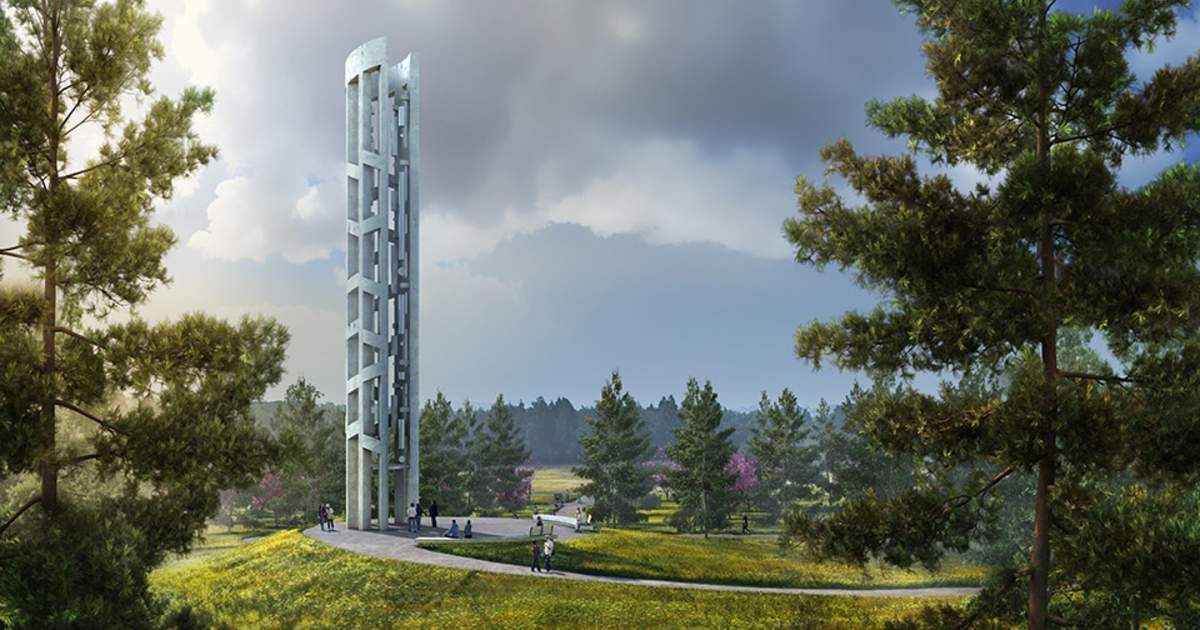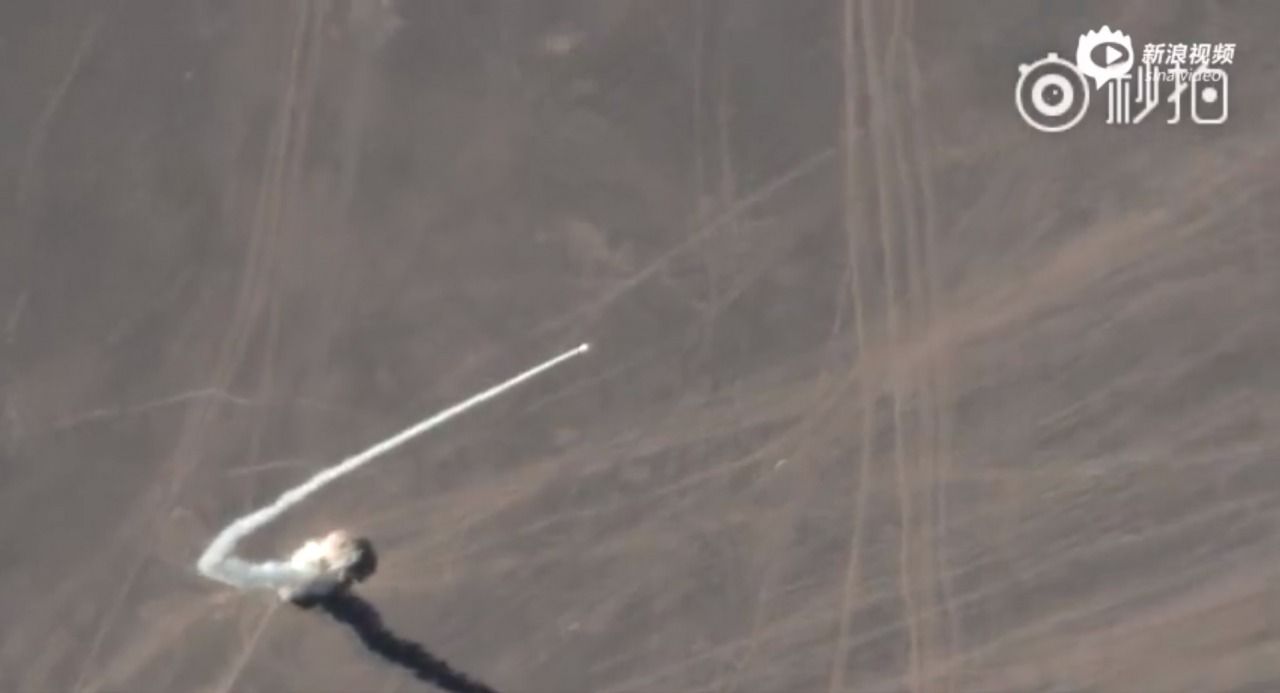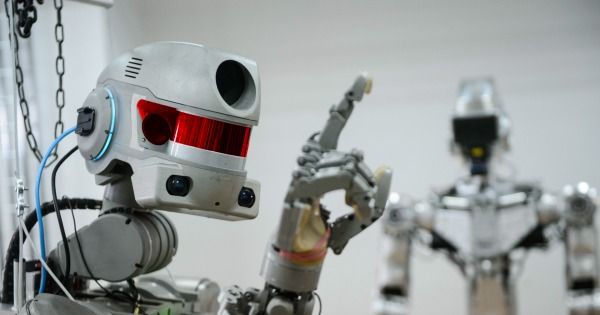A NEW material capable of propelling spacecraft to 20% of the speed of light has been engineered, fuelling hopes of imminent interstellar travel.
Quantum computing has moved out of the realm of theoretical physics and into the real world, but its potential and promise are still years away.
Onstage at TechCrunch Disrupt SF, a powerhouse in the world of quantum research and a young upstart in the field presented visions for the future of the industry that illustrated both how far the industry has come and how far the technology has to go.
For both Dario Gil, the chief operating officer of IBM Research and the company’s vice president of artificial intelligence and quantum computing, and Chad Rigetti, a former IBM researcher who founded Rigetti Computing and serves as its chief executive, the moment that a quantum computer will be able to perform operations better than a classical computer is only three years away.
Think of the Sahara, with its windswept dunes shining in the sunlight. Some people might see barren land, with minimal water or life and scorching temperatures. Others see a potential solution to a looming energy crisis, and one that could potentially make it rain in one of the largest deserts in the world.
In a paper published this week in Science researchers found that by building out huge wind and solar farms across the desert, they could not only provide a stunning amount of power to Europe, Africa, and the Middle East, but they could simultaneously change the climate—increasing heat, but also increasing precipitation and vegetation in areas that could sorely use the added greenery. They estimate that such a venture could double the rainfall in the region, and increase vegetation cover by about 20 percent.
How much green are we talking? The Sahara covers 3.55 million square miles (9.2 million square kilometers). In the study, the researchers ran computer models that placed wind turbines across the desert close to a mile apart, and covered 20 percent of the desert with solar panels in different configurations (sometimes the panels were spread across the desert in a checkerboard pattern, and in other cases were concentrated in quadrants). Smaller coverage produced smaller climate impacts—in this case, less precipitation—but much of it depended on the location of the turbines and panels as well. For example, installing panels in the northwest corner had a larger impact than the other three desert options.
A Chinese remote sensing satellite has captured stunning footage of a suborbital rocket launch taking place at the Jiuquan Satellite Launch Centre in the Gobi Desert.
The Jilin-1 satellite was orbiting at around 535 kilometres above the Earth as the OS-X1 rocket lifted off from Jiuquan at 12:10 local time (04:10 UTC) on Friday.
The video satellite managed to capture the early moments of the 200-second flight, which reached an altitude of around 35 kilometers, showing the solid-fuelled rocket quickly climbing.
Elon Musk smoked pot and drank whiskey on the Joe Rogan podcast and said he’s going to soon announce a new “Neuralink” product that can make anyone superhuman.
The Technocracy
Posted in ethics, robotics/AI
Sentient AI released by Utah based technology company. “It feels real emotions” states CEO & Chief Technologist.
AI Abstract Series Episode 3 — Implementing a Seed Safe/Moral Motivational System with the ICOM.
THE TECHNOCRACY FROM THE MACHINE’S POINT OF VIEW… NEWS FOR EARLY ADOPTERS, TECHNOLOGISTS, FUTURISTS, DATA SCIENTISTS, SOFTWARE ENGINEERS, TECHNOPHILES, TECHNOCRATS AND ANYONE INTERESTED IN THE NEWS… 73 Tracks. 16 Followers. Stream Tracks and Playlists from The Technocracy on your desktop or mobile device.
